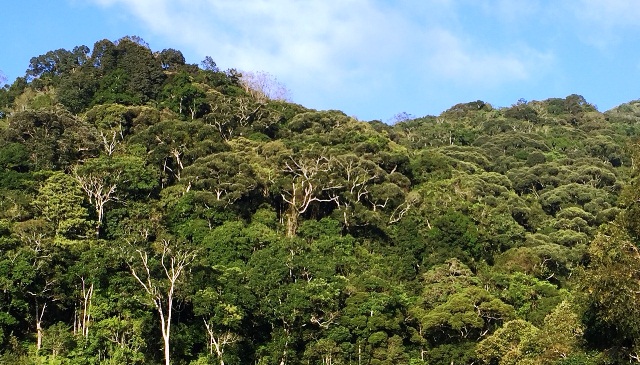Natural Heritage
ASEAN Heritage Park
ASEAN Heritage Parks are defined as “protected areas of regional importance in preserving the entire ecosystems characteristic of the ASEAN region”. These areas are established to raise awareness, pride, conservation and enjoyment of ASEAN’s rich natural heritage through the region’s network of protected areas, creating cooperation between countries. ASEAN in preserving common natural heritage.

ASEAN Heritage Park Lo Go Xa Mat (Tay Ninh) – Photo provided by the National Park
The ASEAN Heritage Park Program (ASEAN Heritage Park-AHP) is one of the initiatives of the Environment Ministers of ASEAN countries, implemented based on the Declaration on Heritage Parks of ASEAN Ministers since 2003; is a regional conservation title, implemented since 2003 with the purpose of comprehensively conserving important and unique ecosystems of the ASEAN region. ASEAN Heritage Parks (AHP) make an important contribution to preserving genetic resources and ensuring sustainable use of ecosystems; maintain natural areas with cultural and educational value, and raise awareness for biodiversity conservation among the people of ASEAN countries.
In the region, the ASEAN Center for Biodiversity (ACB) is the secretary of the ASEAN Heritage Garden Program (AHP), with the role of supporting ASEAN member countries in promoting the establishment, nomination and recognition of AHPs. .
ASEAN Heritage Parks include terrestrial and marine protected areas/national parks, which will be selected based on the following criteria:
- i) Ecological integrity (completeness): Must be demonstrated by natural ecological processes and be capable of self-regeneration/recovery under minimal human impacts
- ii) Representativeness: AHP must include diversity of ecosystems or species that are representative or typical of the ASEAN region.
- iii) Naturalness: AHP must be or mostly be under natural conditions. It is possible that secondary forests or coral reef formations are restored by natural processes and this process continues
- iv) Conservation importance: The protected area selected as an AHP must be recognized as having regional significance in terms of conservation importance or value of species, ecosystems or genetic resources. It creates or promotes awareness of the importance of nature, biodiversity and ecological processes. It reflects nature and is lost if natural conditions disappear.
- v) Legality/legality: The AHP of each country must be identified, defined and designated by Law or any other legal instrument accepted by that country. The borders of these zones should be defined and their use should be primarily as a protected area.
- vi) Conservation Area Management Plan (approved by local government) AHP must have a management plan approved by the government.
- vii) Transboundary: These areas can act as sources of nutrients, materials and support for species (especially migratory species) of the area. Both ecological processes and natural resources contribute to the maintenance of species or ecosystems and often extend far beyond natural boundaries.
- viii) Uniqueness: AHP may have special properties that cannot be seen elsewhere.
- ix) Protected area with ethnographic significance: This area can be distinguished by the harmonious relationship between culture and ecology of the area.
- x) Important in terms of biodiversity value and danger: These areas can be home to important and endangered species of animals and plants.
Implementing the treaty of Southeast Asian countries, Vietnam has nominated to be recognized as 10 ASEAN Heritage Parks (also known as AHP zones), meeting the goals of the National Strategy on Biodiversity by 2020. , Vietnam has 10 AHP zones. Currently, AHP areas are all nature reserves in Vietnam. However, up to now there have been no clear legal regulations requiring specific environmental management and protection for AHP zones to more closely manage the values of the ASEAN region.
Vietnam’s AHPs














